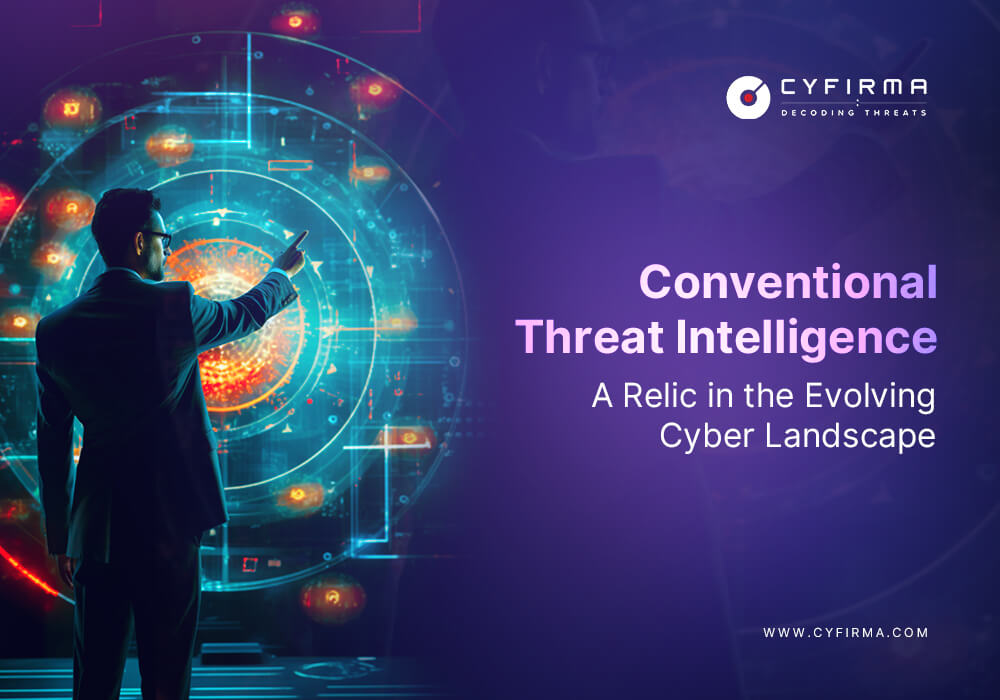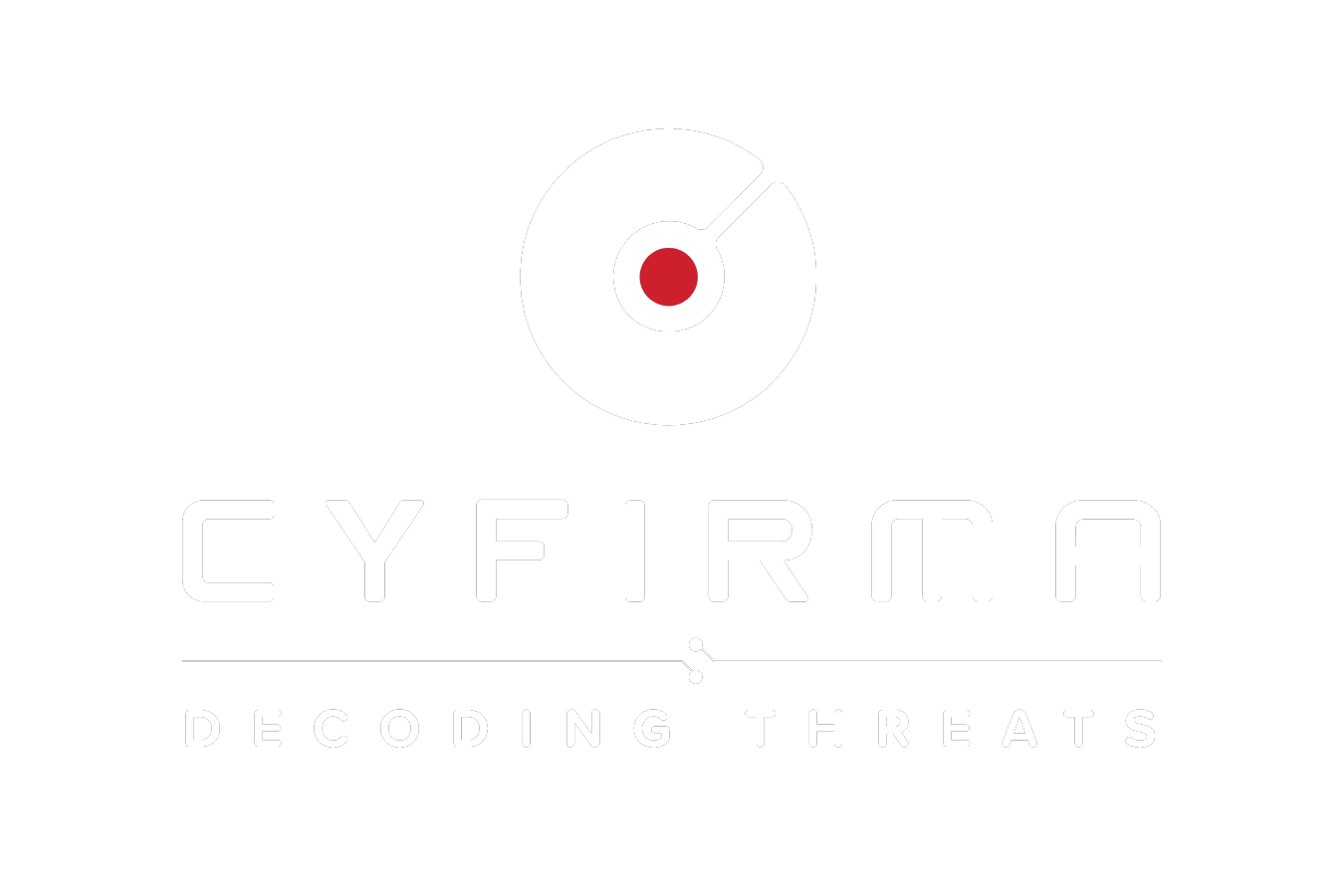Conventional Threat Intelligence
A Relic in the Evolving Cyber Landscape.

In today’s cybersecurity world, Conventional Threat Intelligence (CTI) is facing an existential crisis. Once a cornerstone of organizational defence, Conventional Threat Intelligence effectiveness is waning due to several factors that render it ill-suited for the modern threat landscape.
Firstly, the rapid evolution of cyber threats outpaces the capabilities of Conventional Threat Intelligence, which relies heavily on known signatures and historical data. Polymorphic malware, zero-day exploits, and fileless attacks, all hallmarks of modern threats, deftly evade detection by these traditional methods.
Secondly, advanced threats, such as Advanced Persistent Threats (APTs), are designed to bypass signature-based detection, rendering Conventional Threat Intelligence ineffective against these sophisticated adversaries. Targeted attacks, meticulously tailored to specific organizations, also slip through the cracks of Conventional Threat Intelligence, leaving defenses vulnerable.
The sheer volume of data generated within organizations overwhelms Coventional Threat Intelligence systems, making it akin to searching for a needle in a haystack. Sifting through this deluge of information to identify relevant threat indicators becomes a monumental task, delaying threat detection and potentially missing critical threats altogether.
Furthermore, Conventional Threat Intelligence CTI often lacks the context necessary to distinguish between normal network behaviour and potential threats. This context deficit leads to false positives, creating unnecessary noise and distractions for security teams. Moreover, the time taken to analyze and act upon threats may lag behind the speed at which modern attacks unfold, rendering defence mechanisms outdated and ineffective.
The expanding attack surface, encompassing a vast array of endpoints, cloud services, IoT devices, and interconnected networks, further challenges Conventional Threat Intelligence. Traditional Conventional Threat Intelligence, primarily focused on centralized protection, struggles to adapt to this dispersed and diversified landscape, leaving numerous attack vectors exposed.
Finally, insider threats, while often overlooked, pose a significant risk. Subtle anomalies indicative of potential insider threats may not be adequately addressed or distinguished by Conventional Threat Intelligence, leaving organizations vulnerable to attacks from within.
In response to the inadequacies of traditional threat intelligence, many CISOs and organizations are turning to External Threat Landscape Management (ETLM), a modernized approach designed to tackle the limitations and complexities of today’s evolving threat landscape.
Enter External Threat Landscape Management (ETLM) – a paradigm shift in the approach to handling cybersecurity threats. ETLM represents a proactive, adaptive, and forward-thinking methodology tailored specifically to navigate the complexities of today’s threat landscape.
Why ETLM required for organizations / CISOs
Proactive Threat Identification: ETLM goes beyond simply collecting and analyzing threat data. It actively monitors external sources, such as dark web forums, social media, and malware repositories, to identify emerging threats and vulnerabilities before they impact organizations.
Contextual Threat Intelligence: ETLM enriches threat data with contextual information, such as the attacker’s motivation, target industries, and potential impact. This context helps organizations prioritize threats and take informed mitigation actions.
Automated Threat Response: ETLM integrates with security orchestration and automation (SOAR) platforms to automate threat response workflows. This automation streamlines incident response, reduces manual effort, and expedites threat mitigation.
ETLM offers a more proactive, contextual, and automated approach to threat intelligence, enabling organizations to effectively manage the external threat landscape and stay ahead of evolving cyber threats.


